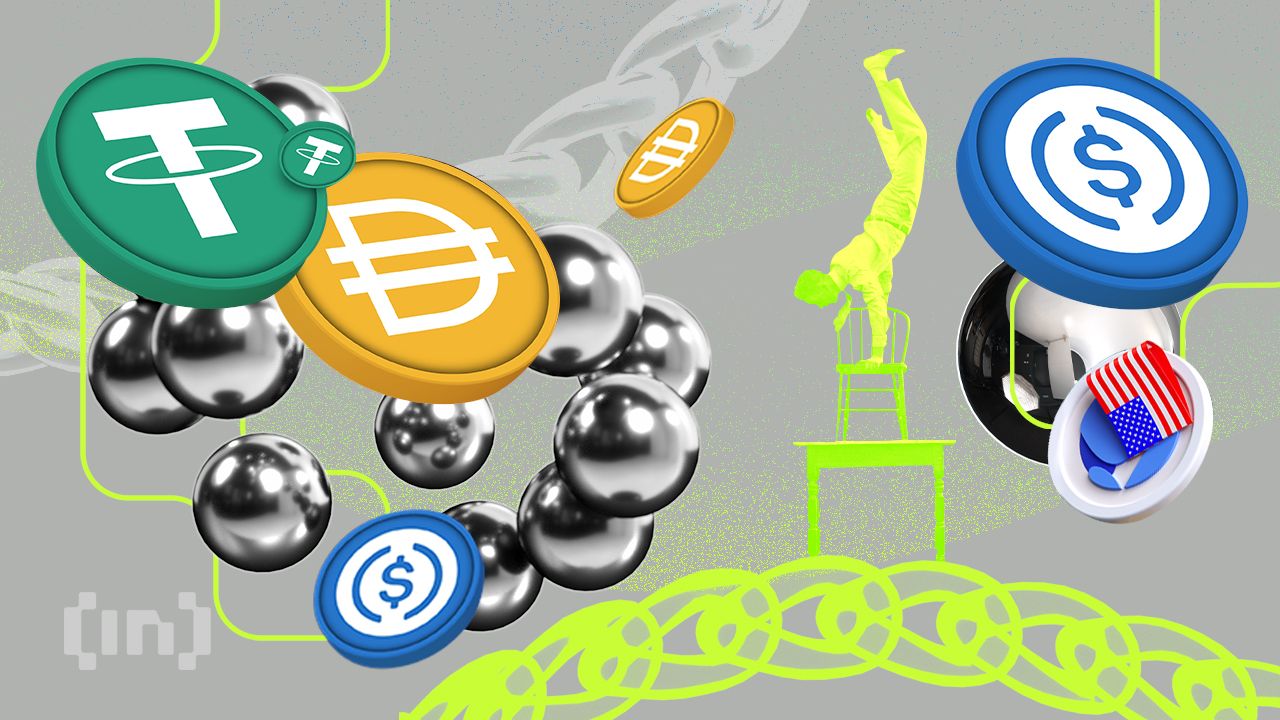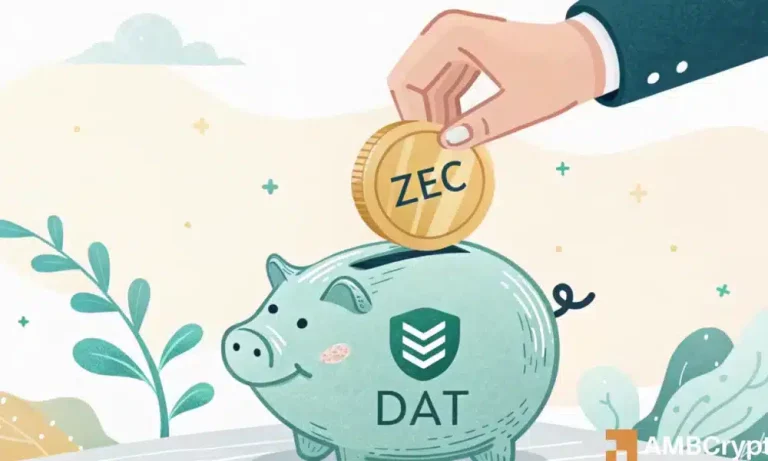
What Are Stablecoins? A Rapidly Evolving Market
Over the past few years, stablecoins have become an integral cornerstone of the cryptocurrency market. With over 370 stablecoins listed on platforms like CoinGecko, their growth has been fueled by increasing demand for digital dollars, regulatory clarity, and the involvement of major corporations like US Bank, Klarna, and Revolut. However, not all stablecoins are created equal.
Stablecoins provide a bridge between traditional fiat currencies and the digital asset ecosystem by offering price stability. This makes them particularly attractive for trading and transactions. But with so many options available, ranging from fiat-backed to algorithmic stablecoins, it’s important for users to understand their underlying mechanics and risks.
Types of Stablecoins: Different Backings, Different Risks
Stablecoins can be categorized based on their collateral:
- Fiat-Backed Stablecoins: These are backed by real-world assets like government-issued currency or US Treasuries. Examples include Tether (USDT) and USD Coin (USDC).
- Crypto-Backed Stablecoins: These rely on cryptocurrencies as collateral. For instance, MakerDAO (formerly Sky) utilizes a mix of blockchain-based assets for its stablecoin ecosystem.
- Algorithmic Stablecoins: These aren’t backed by collateral but use complex algorithms to maintain price stability. A notable example is Ethena’s USDe, which utilizes delta-neutral strategies to manage price fluctuations.
Some stablecoins, like Tether Gold, are even backed by commodities like gold. However, the vast majority of stablecoins aim to digitize fiat currencies, primarily US dollars, making them accessible and usable in a global, digital market.
Too Many Stablecoins? Why the Market Is Saturated
Amid this explosive growth, questions arise: Do we really need over 300 stablecoins? And what does their proliferation mean for the average user?
While traders and financial institutions may benefit from a wide range of options for arbitrage and liquidity, retail users often struggle to understand the differences between stablecoins. Compounding the issue is the fact that stablecoins are deployed across multiple blockchains, creating additional layers of complexity when moving assets between platforms.
Despite these challenges, stablecoins remain an attractive option for many users due to their seamless integration with decentralized finance (DeFi) protocols, reduced transaction fees, and the ability to offer financial services in regions with limited access to traditional banking.
What Are the Risks of Using Stablecoins?
While stablecoins provide unparalleled utility, their use is not without risks. One prominent example was the collapse of the algorithmic stablecoin TerraUSD (UST) in 2022, which wiped out $40 billion in value almost overnight. Algorithmic stablecoins, in particular, are highly vulnerable to shocks and loss of confidence.
Even fiat-backed stablecoins are not immune to external risks. For example, during the 2023 collapse of Silicon Valley Bank, $3.3 billion of Circle’s reserves were temporarily inaccessible, causing USDC to lose its dollar peg before recovering.
Smart contract vulnerabilities, liquidity issues, and cross-chain compatibility pose additional challenges, especially as more big players like US Bank and Revolut introduce their own stablecoins into the market.
What Lies Ahead for Stablecoins and Their Users?
Despite risks, experts agree that stablecoins are here to stay and will continue to shape the future of digital finance. Their programmability, global reach, and ability to enable rapid transactions make them invaluable for personal use, trading, and even international remittances.
Boris Bohrer-Bilowitzki, CEO of blockchain firm Concordium, explained, “The aim of stablecoins isn’t to replace the US dollar or any other currency but to digitize it and bring those benefits to a wider audience. For retail users, they offer an infinitely better experience—you simply buy and hold, without requiring advanced financial knowledge.”
Recommended Product: Ledger Nano X for Safe Stablecoin Storage
To maximize security while using stablecoins, it’s essential to store your assets in a reliable hardware wallet. The Ledger Nano X is a leading choice, offering secure offline storage for all major stablecoins, including USDT and USDC. Its compatibility with multiple blockchains ensures you stay protected while transacting across different platforms.
Final Thoughts
In a world where digital assets are becoming increasingly mainstream, stablecoins offer a practical and innovative solution for bridging the gap between fiat and crypto. However, it’s essential to understand the differences between tokens, assess potential risks, and adopt security best practices to make the most of this transformative financial tool.



